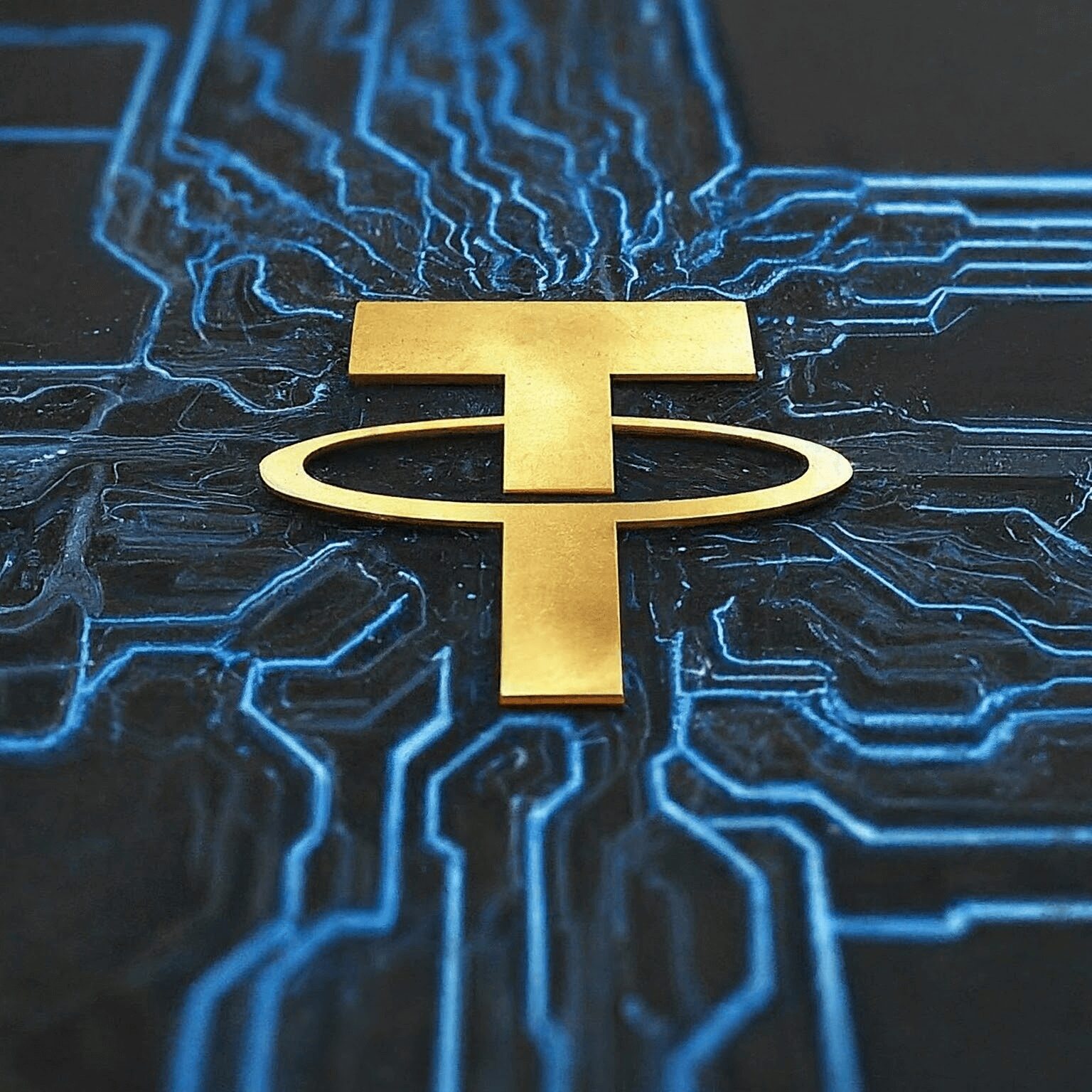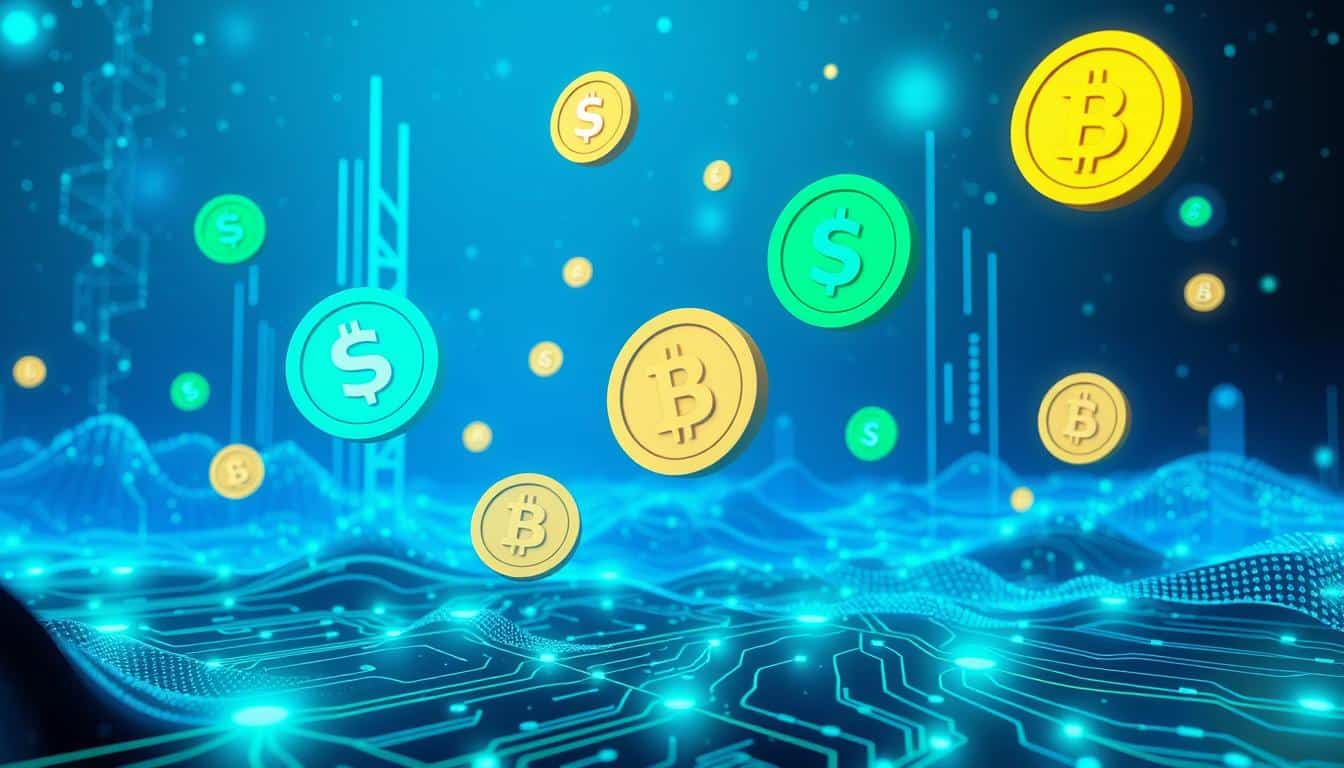Stablecoins attract investors with the combination of the reliability of fiat money and the convenience of digital money. Experts explained what the reserve of such currencies is today
The collapse of the algorithmic stablecoin UST in early May caused increased volatility in the cryptocurrency market. The token lost its peg to the US dollar, which was provided by a certain burning and emission algorithm, as well as the LUNA support token.
The market suffered multibillion-dollar losses, and investors and government regulators began to pay increased attention to the reserve funds of crypto companies issuing stablecoins.
The most popular stablecoins in terms of volume and advanced in terms of infrastructure are USDT, USDC, BUSD, these coins are centralized, they are issued by large international companies Tether, Circle, Coinbase, Binance and others.
“Stablecoin issuers regularly audit their reserves to confirm that each of their tokens is backed by at least one US dollar. And their price is usually smoothed out by exchange participants who are confident in the possibility of converting a stablecoin 1:1 into fiat currency at any time,”
This has led to the fact that the sphere of stablecoins has not fundamentally changed. They exist and will continue to exist for a long time, although their users have gained some “sobriety” when choosing a particular token.
“But, for example, the trading volume of only one of the tokens – USDT, exceeds the trading volume of bitcoin by about two times. This confirms the high liquidity and urgent market need for this asset class,”
Price decoupling for centralized tokens can only be of a short-term image nature, but under no manipulation, provided that the security has not been compromised, the price will not be decoupled from the US dollar.
“Decentralized stablecoins are experiencing a crisis of confidence, but not everything is clear there,”
The binding of algorithmic stablecoins is indeed very fragile, although it is done with a certain margin, out that arbitrage, which is designed to stabilize the price at the moments of divergence, is not able to quickly smooth out very large volumes, which happened with UST.
“In addition, such tokens are strongly tied to another, completely unstable token, which indirectly creates risks of depreciation of the collateral,”
Another risk for algorithmic stablecoins, a mechanism designed to maintain the capitalization of collateral at the expense of the tokens themselves. In other words, staking stablecoins indirectly increases risk due to the possibility of returning these tokens to circulation at any time, thereby reducing their security.
“Most likely, in the future, such projects will cease to exist, or will undergo significant changes. In general, developers will now take into account new risks when designing smart contracts, thereby making the DeFi segment even more reliable,”
Among decentralized projects there are more sustainable ones. For example, one of the most liquid non-centralized stablecoins is a token from MakerDAO called DAI.
“It is backed by different asset classes, including centralized USDC stablecoins, which provides greater liquidity, but at the same time allows you to enjoy all the benefits of decentralization,”
The decoupling of the price of such tokens can only occur against the backdrop of a global collapse of the entire cryptocurrency segment. Although this cannot be ruled out, it must be understood that in such a scenario, the liquidity of centralized tokens will also suffer.
“This is perhaps the only noticeable risk for the entire class of stablecoins – a catastrophic drop in the capitalization of the crypto market to the level of its existential crisis,”
During the agony of UST, turbulence was observed for the rest of the stablecoins, but no catastrophe was noticed, said Chen Limin, CFO and head of trading operations at ICB Fund.
According to him, there are a large number of similar instruments on the market, the value of which is also calculated algorithmically. The most prominent representatives of the segment continue to live as if nothing had happened.
“Now projects like Tron or Acala are trying to get out on the topic of over-collateralizing their stablecoins.
This is a mechanism when, in order to receive a $1 stablecoin, it is necessary to provide collateral currencies (ETH and others), for example, $1.5 or 50% more, which allows you to have enough reserves to pay off a sharp influx of sellers,” the expert explained.
Chen Limin is of the opinion that algorithmic stablecoins should not be put an end to.
“We saw USDN deviate from the dollar twice in the spring, but bounced back each time. At a minimum, this happened due to the lack of panic associated with network outages, and the use of an additional token to calculate the USDN rate – Neutrino, ”the specialist recalls.
In addition, according to the director and head of the trading department of ICB Fund, the problems of the stablecoin from Terra were largely associated with inflated rates for depositing on the network.
“When yields were rising, investors were actively buying UST with only one goal – to make a profit, but as soon as the numbers began to decline, users hurried to exit. In other words, there was also a pyramid effect,” says Chen Limin.
He gives an example of the absence of such an effect in Near. Unlike UST and LUNA, when new USNs are issued, the native token of the NEAR network does not burn out, but is sent to reserves, where other stablecoins are also kept for additional exchange rate stability.
The interlocutor noted that at the same time, the yield on UST arises due to the staking of NEAR from reserves in the Near blockchain, as a result of which it changes dynamically, adjusting to the level of supply and demand.
“The most popular stablecoins will continue to be centralized: USDT and USDC, as they are at least integrated into a large number of trading platforms, as a result of which they have a much larger Product-Market Fit than other decentralized options,” admits Limin.
He believes that in the foreseeable future the situation should not change, but rather the opposite – a protracted “bear” market will motivate more preference for the most stable assets.
“And these are precisely centralized stablecoins backed by dollar obligations,” the expert concluded.
Stablecoins with the largest market capitalization on June 7 (according to CoinMarketCap):
- Tether (USDT)
Capitalization: $ 72.3 billion
Daily trading volume: $58 billion
Tether tokens are issued by Tether Limited, whose CEO also runs the Bitfinex cryptocurrency exchange. All USDT tokens are pegged to the US dollar and are 100% backed by Tether reserves. USDT reserves consist of 85% cash and cash equivalents, short-term deposits and commercial paper, 4.52% corporate bonds, funds and precious metals, 3.82% secured loans and 6.02% other investments, including digital tokens.
- USD Coin (USDC)
Capitalization: $ 53.7 billion
Daily trading volume: $4.9 billion
The Center Consortium, the founder of USDC, consists of two founders: Circle and Coinbase. Each coin in circulation is backed by 1 US dollar. The reserve of the token is held in the form of cash and short-term US Treasuries.
- Binance USD (BUSD)
Capitalization: $ 18.3 billion
Daily trading volume: $5.3 billion
BUSD is a stablecoin issued by Binance (in partnership with Paxos). The token is pegged to the US dollar. It is regulated by the New York State Financial Services Authority (NYSDFS).
A US dollar amount equal to the total amount of BUSD is held in US banks and acts as a reserve insured by the Federal Deposit Insurance Corporation (FDIC) and the US Treasury.
- From (DAI)
Capitalization: $ 6.9 billion
Daily trading volume: $269 million
DAI is an Ethereum-based stablecoin, issued and developed by the Maker Protocol and decentralized autonomous organization MakerDAO.
The price of DAI is pegged to the US dollar and backed by a set of other cryptocurrencies that are deposited in smart contract vaults every time new DAI is issued.
In order to maintain a soft peg to the US dollar, Maker Protocoll ensures that each DAI token is backed by a corresponding number of other cryptocurrencies.
- TrueUSD (TUSD)
Capitalization: $ 1.2 billion
Daily trading volume: $117 million
TrueUSD is a stablecoin launched by the parent company TrustToken. The reserves of the token include a large number of assets fully backed by US dollars. The USD equivalent TrueUSD redemption option is supported by five trusted partner banks – Signature Bank, Silvergate Bank, Prime Trust, First Digital Trust and BitGo.
- Pax Dollar (USDP)
Capitalization: $ 946 million
Daily trading volume: $18 million
The stablecoin is issued by Paxos Trust. The token is backed by US dollars in the form of cash and cash equivalents on the company’s accounts with American depository institutions.
- Neutrino USD (USDN)
Capitalization: $ 819 million
Daily trading volume: $4 million
Neutrino is an algorithmic USD-pegged stablecoin backed by the associated WAVES token. Any deviations from the 1:1 binding can be stopped by arbitrage bots.
- USDD (USDD)
Capitalization: $ 703 million
Daily trading volume: $83 million
USDD is an algorithmic stablecoin issued by the TRON DAO overcollateralized project. A reserve of cryptocurrencies and other stablecoins is maintained at a level of at least 130% of the total USDD issued. Information about TRON cryptocurrency reserves can be viewed in real time on the company’s website.



